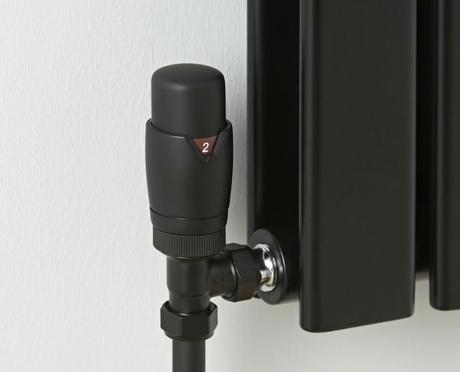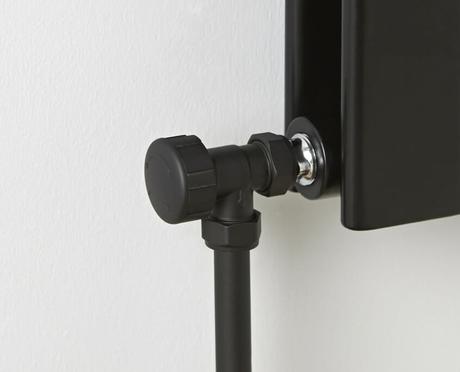
In heating our homes, we subscribe to an unwritten rule of always trying to keep the cost as low as possible. Heating controls are key in the way we conduct our scientifically sound heating economics studies – essentially saving enough dough for a few pints at the local.
Choosing the right controls will allow you to keep your home at a comfortable temperature without wasting any energy or heat.
And thermostatic radiator valves (TRVs) should be an essential part of your dossier as you plan to bulge your budget with lower heating bills, if you have an active central heating system.
No matter if your central heating system is gas-powered, oil-fired or liquified petroleum gas (LPG), thermostatic radiator valves rank alongside a room thermostat, boiler thermostat and timer as vital components.
Ultimately, TRVs provide an easy means to gain more control over your home’s temperature, whilst helping you to save on energy costs.

How does a Thermostatic Radiator Valve work?
A thermostatic radiator valve works by regulating the flow of hot water through the radiator. They incorporate a sensor made out of liquid or wax – and this expands or contracts in line with the surrounding temperature.
When the temperature reaches the desired, pre-set level you specify on the TRV dial, it closes to prevent more hot water entering the rad. As liquid is more receptive, liquid-based thermostatic radiator valves tend to be a touch more expensive than their wax counterparts.
Energy efficient heating with TRVs
There’s a perfect heating system setup that will help TRVs work to their best effect. Namely, one consisting of a single centralised boiler and one room thermostat.
This will enable the valves to heat your home in an energy efficient manner, and not waste heat on empty rooms. In fact, the use of TRVs has been linked to energy savings as significant as 40%.
It might be best keeping that under your hat though, unless you want to shell out for the full round.
In truth, it is tough to calculate just how much energy and money you save with TRVs, considering the multiple variables at play. Insulation, the performance of your radiators and the number of rooms they feature in are all factors that can muddy the waters to some extent.
But there’s absolutely no doubting that they are beneficial in preserving energy and stemming heating costs from spiraling.
You can also create a more comfortable home environment tailored to your exact preferences with thermostatic radiator valves. For example, if you want to stay toasty warm whilst kicking back in the living room with your latest Netflix binge, but want your kitchen to remain at a cooler temperature for when you’re cooking, you can adjust your TRVs accordingly.
Don’t forget that kitchen tip – I’m forever getting hot and bothered with the pots and pans a-blazing before I remember I can just alter the valves!

Get in the zone for extra energy savings
Create separate zones in your home to maximize the impact of your TRVs and enjoy extra energy savings. Although it would mean a bigger outlay initially, it is worth investing in thermostatic radiator valves to accompany each radiator you have installed throughout the home.
Then, allow the TRVs in each individual room to control the temperature for that space only, closing doors so that valves are responsible for just their own zone.
You can set them to your own preferred temperatures, and won’t expend unnecessary energy heating the likes of hallways and other unoccupied spaces.
The bathroom is the only area that it might not be advantageous to fit a TRV in. Temporary heat emitted from the bath or shower could cause it to switch off before you’d like it to.
Also, unwanted draughts can trick thermostatic valves to misjudge room temperature on occasion, so it is best to try and avoid installing them nearby doors and windows, where possible.

So can TRVs reduce my energy bills?
Yes they can! We’d recommend adding TRVs to all radiators throughout the home if possible, barring the bathroom, to notice the biggest positive effect on your energy bills.
If you’d like any further information about radiator valves, or improving the efficiency of your home heating by any means, don’t hesitate to get in touch with us. You can leave a comment in the comments section below, or contact us via Facebook, Twitter or Instagram.

